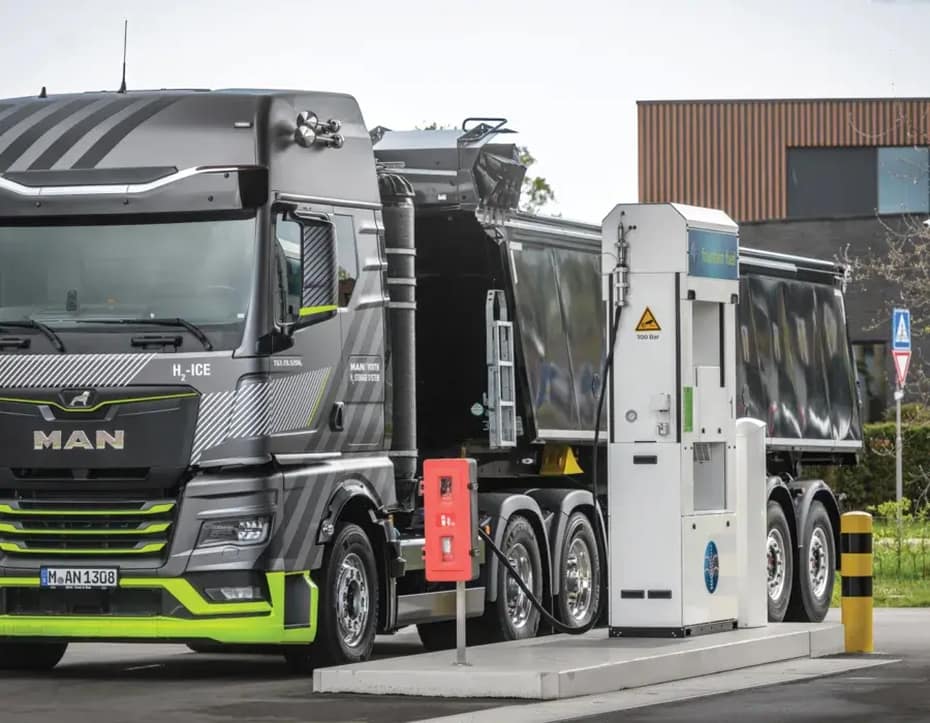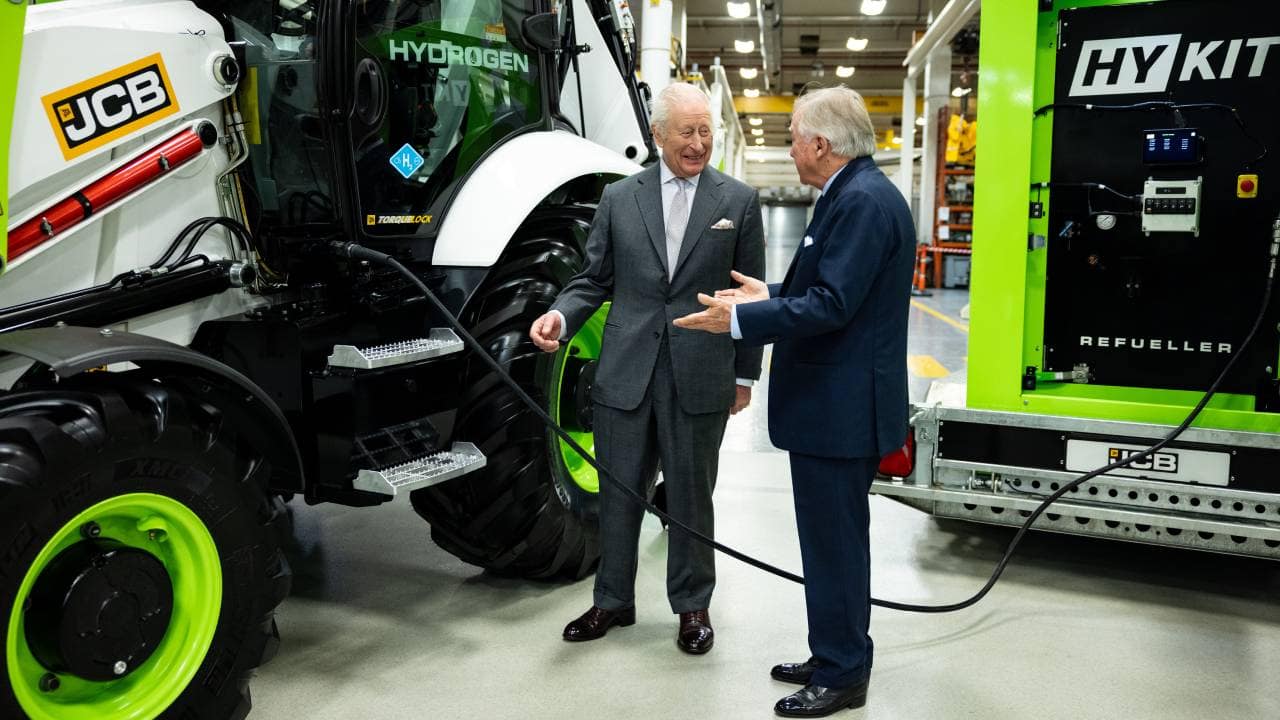Green Steel 2025: 5 Challenges and the Bold Roadmap to Net-Zero Industry

Green steel is shifting decisively from vision to execution. With steel contributing up to 10% of global CO₂ emissions, the pressure on industry is enormous. Near-zero and low-carbon steelmaking must scale rapidly while energy, finance, and policy drivers align—but real-world bottlenecks persist. This comprehensive guide provides an authoritative roadmap, with detailed market data, regional analysis, demand-side economics, and critical project updates.
Key Takeaways
- Europe leads transformation: Over 30 advanced projects, though many face delays due to energy costs and regulatory uncertainty.
- Hydrogen DRI and MOE: Projects like H2 Green Steel, HYBRIT, and Boston Metal are global flagships approaching commercial scale.
- Automotive and construction sectors are driving demand through binding offtake agreements, with premiums of $199–$210 per vehicle representing <1% of total vehicle cost.
- Asia-Pacific fastest growth: Market valued at $152M in 2023, projected to reach $8.65B by 2030 at 80% CAGR, driven by China, Japan, and South Korea.
- Policy and finance remain critical: CBAM, carbon pricing, and long-term procurement contracts are fundamental to project bankability.
- 1 – Current status of green steel
- 2 – Five key challenges
- 3 – Technologies and solutions
- 4 – Market size and investment trends
- 5 – Timelines to scale
- 6 – The road ahead
- FAQ
1 – Current Status of Green Steel (2025)
- Europe: The Green Steel Tracker lists over thirty major projects. Sweden’s HYBRIT and H2 Green Steel target first industrial shipments in 2025–26, though both face infrastructure and cost challenges.
- CBAM impact: The Carbon Border Adjustment Mechanism comes fully into force in 2034, fundamentally shifting investment priorities and import dynamics.
- Asia/Australia: Large-scale hydrogen DRI programs proposed (Rio Tinto in Australia), targeting export to Asia. China is piloting steelmaking with green H₂ (HBIS Group).
- US and Japan: EAF expansions using grid decarbonisation. Leading players include Nucor (US), JFE Steel and POSCO (Asia).
2 – Five Key Challenges for Green Steel
1️⃣ Cost of Clean Energy and Hydrogen
The cost of green hydrogen in Europe remains high ($4–6/kg). Most analysts agree that price parity for DRI-EAF steelmaking requires sub-$2/kg hydrogen (Enkiai). At current prices, the green steel premium stands at $210 per tonne, but this is projected to fall to $7/tonne by 2030 as renewable electricity and electrolyser costs decline (EY Analysis).
2️⃣ Infrastructure and Supply Chains
Large projects require new grid connections, regional hydrogen pipelines, and logistics for DR-grade ore (Fastmarkets). Global DR-grade ore supply is limited, concentrated in Brazil, Sweden, and Australia (Rio Tinto), creating bottlenecks for new entrants.
3️⃣ Metallurgy and Skills
Hydrogen reduction dramatically alters process chemistry, replacing carbon with water vapor and requiring new furnace controls and digital skills (IDTechEx). European and Japanese consortia are investing heavily in workforce retraining (H2 Green Steel Sustainability).
4️⃣ Policy and Market Signals
Definitions of “green steel” and certification frameworks like ResponsibleSteel and CRU remain fragmented across regions. Reliable carbon pricing and long-term offtake contracts are now the primary investor demand anchors (E3G Scorecard).
5️⃣ Finance and Risk
Steel decarbonisation requires billions in upfront CAPEX with financial risks from power volatility and future carbon prices (SteelZero). Blended finance, green bonds, and collective purchasing alliances are now critical to de-risk projects (GlobeNewswire).
3 – Detailed Technology Analysis and Solutions
- Hydrogen DRI → EAF: Projects in Sweden (HYBRIT), Germany (SALCOS—now delayed three years to 2028/29) and China (HBIS) are pioneering shaft furnace technologies using up to 100% green hydrogen. Key metric: hydrogen must be available below $2/kg to guarantee competitive opex.
- Molten-Oxide Electrolysis (MOE): Boston Metal commissioned its multi-inert anode industrial cell in March 2025; demonstration plant scheduled for late 2026/early 2027 (MIT Technology Review). MOE enables direct electrolytic reduction with oxygen as the only byproduct.
- Scrap-based EAFs: Countries with ample high-quality scrap (US, Japan, parts of Europe) can reach near-zero emissions where green electricity is used. Global scrap supply limits this route to ~30% of total output (Steel Technology).
- CCUS on BF/BOF: Carbon capture deployed as interim solution for legacy plants. Current pilots in China, India, Russia (IEA).
- Polymer Injection: Progress in recycling plastics into blast furnace fuel reduces both emissions and plastic waste (Nature).
Pros
- Multiple pilots demonstrate technical feasibility: H2GS, Boston Metal, HYBRIT.
- Corporate demand coalitions (e.g., SteelZero) driving market expansion with 5–7 year offtake agreements.
- Synergy with renewables and hydrogen infrastructure unlocking cross-sector investment (Energy Networks).
Cons
- High energy demand leaves projects exposed to price spikes (MarkNtel Advisors).
- Raw-material and skills shortages pose significant scale-up risk (H2GS Careers).
- Fragmented certification frameworks (ResponsibleSteel, CRU).
4 – Market Size, Regional Growth and Investment Trends
Global Market Overview
The global green steel market was valued at $7.4 billion in 2024 and is forecast to reach $19.4 billion by 2029, growing at a CAGR of 21.4% (Yahoo Finance, BCC Research). Other forecasts suggest even higher growth rates, with some analysts projecting the market could exceed $189 billion by 2032 (Coherent Market Insights).
Regional Breakdown: Who Needs It and Why?
Europe: Policy-Driven Leadership
Europe dominates investment with over $15 billion committed in 2025. The EU’s CBAM creates a hard regulatory floor, while free carbon allowances phase out by 2034. This creates compelling economics: continuing with BF-BOF steel post-2030 will incur 4–5% cost increases due to carbon taxes, making green steel cost-competitive even with current premiums (EY).
Key demand drivers: Automotive (Mercedes-Benz, BMW, Volkswagen, Volvo) have signed binding offtake agreements for 50,000+ tonnes annually. Construction and infrastructure sectors increasingly specify low-carbon steel for LEED/BREEAM certification.
Asia-Pacific: Explosive Growth from Low Base
The Asia-Pacific green steel market was valued at just $152.7 million in 2023 but is projected to reach $8.65 billion by 2030—a staggering 80.3% CAGR (Mark Spark Solutions). China, Japan, and South Korea are leading investments, with POSCO and JFE Steel pioneering hydrogen-DRI routes.
Key demand drivers: Rapid urbanization, infrastructure build-out, and government mandates (China’s 2060 carbon neutrality target). Export markets to Europe and North America seeking CBAM-compliant steel are emerging opportunities.
North America: Growing but Behind Europe
North America represents ~$4.5 billion of the 2025 market, led by Nucor’s EAF expansions and California’s Buy Clean Act. Canada is forecast to register the highest regional CAGR through 2030 (Grand View Research).
Key demand drivers: Federal IRA funding for clean manufacturing, automotive sector commitments (Motor Magazine), and public infrastructure projects with embodied carbon requirements.
Who Is Willing to Pay—and Why?
The automotive sector is the most advanced buyer. Steel accounts for 50–60% of vehicle weight but only 15–20% of production value. At current premiums of $210/tonne, the cost increase per vehicle is approximately $199–$203, representing less than 1% of the average $30,000 vehicle price (ICCT, Transition Asia). Leading OEMs—Mercedes-Benz, BMW, Volvo, VW—view this as negligible relative to meeting Scope 3 emissions targets and EU lifecycle assessment (LCA) requirements.
In construction, green steel adds approximately 3.7% to project costs for now, but by 2030 the premium falls to near-zero (EY). Public procurement mandates (Buy Clean policies, SteelZero, ConcreteZero) create legally binding demand, de-risking green steel projects and enabling project finance.
5 – Timelines to Scale: Projects, Delays and Future Prospects
2025–26: First Commercial Shipments
- HYBRIT (Sweden): SSAB/LKAB/Vattenfall consortium has successfully demonstrated large-scale hydrogen storage (equivalent to 50 years accelerated testing) and plans industrial sponge iron production from 2025–26 (SSAB Feb 2025). Challenges: Scaling up continuous operation and securing stable hydrogen costs below $2/kg.
- H2 Green Steel (Sweden): Targeting 5 million tonnes annually by 2026 from its Boden plant. Has secured binding offtake from Mercedes-Benz (50,000 tonnes/year) and others. Challenges: Construction delays, escalating costs, and competition for renewable electricity driving up power prices (LinkedIn Analysis).
2026–27: Demonstration Plants
- Boston Metal (USA): Multi-inert anode MOE cell commissioned March 2025. Demonstration plant scheduled for late 2026, operational 2027, producing ~10 tonnes/day per modular cell (AIST). First commercial deployment already operating in Brazil for critical metals. Technology licensing model targets global steelmakers.
2027–30: Scale-Up—With Major Setbacks
- ArcelorMittal Dunkirk (France): €1.8 billion DRI + EAF project indefinitely suspended in July 2025 (SEAISI). Reasons cited: high gas/hydrogen costs, CBAM implementation delays, insufficient protection from cheap imports, and lack of viable economic model at current energy prices (GMK Center).
- Salzgitter SALCOS (Germany): Three-year delay announced September 2025, pushing final phase to 2028/29 (Energies Media). CEO cited “economic environment not ready, hydrogen markets developing slower than expected, regulatory changes missing.” First phase (30% CO₂ reduction, ~2Mt) proceeding.
- ArcelorMittal Germany (Bremen, Eisenhüttenstadt): €1.3 billion in subsidies returned; projects paused citing uncompetitive green hydrogen, high energy costs, weak steel demand (DW).
2034: EU Policy Milestone
Free EU carbon allowances expire; CBAM fully active. This creates a hard deadline for EU steelmakers and fundamentally shifts global trade patterns.
2035+: Conditional Mass Adoption
Hydrogen-based steel output projected to exceed 40–46 million tonnes/year globally by 2035, still representing under 20% of total production (IDTechEx). Projections depend critically on:
- Green hydrogen falling to $1.50–2.00/kg (currently $4–6/kg in Europe)
- Renewable electricity at $30–40/MWh with 24/7 availability
- Stable policy frameworks and carbon pricing >$50/tonne CO₂
- Expanded high-purity ore supply and skilled workforce
Considered Opinion: Future Prospects
Sweden remains the bellwether. HYBRIT and H2 Green Steel benefit from abundant hydropower, providing near-100% renewable baseload electricity at low cost without intermittency issues (Clifford Chance). If these projects achieve profitability by 2027–28, global replication accelerates.
However, the ArcelorMittal and Salzgitter delays are canaries in the coal mine. Without dramatic falls in hydrogen and power costs, or much stronger carbon pricing/border protection, green steel remains economically marginal outside Sweden/Norway. The 2025–27 window is critical: successful demonstration at scale will unlock finance; continued cost overruns and delays will trigger a decade-long pause outside niche markets.
Automotive offtake agreements are the strongest positive signal. These provide bankable, long-term revenue streams that de-risk projects. If construction and infrastructure sectors follow with similar procurement mandates (as California and the EU are pioneering), the demand foundation becomes robust enough to drive technology learning curves and cost reductions.
Verdict: Green steel will reach 15–20% of global output by 2035 if hydrogen costs halve by 2028 and policy frameworks stabilize. If not, adoption stalls at 5–8%, concentrated in Sweden, select EU sites, and niche high-value applications. The next 24 months are make-or-break.
6 – The Road Ahead
The clean-steel transition is gathering commercial momentum but remains geographically and economically uneven. The coming decade must deliver affordable renewables, robust hydrogen logistics, advanced metallurgy, re-skilled workforces, and harmonized policy. Sweden and the EU are the bellwether: their commercial results by 2027–28 will set the pace for Asian, American, and Australian adoption. Persistent cost barriers, fragmented certification, and the recent wave of project delays underscore that green steel is not yet inevitable—it requires sustained commitment from industry, government, and end-users.
Related reading:
Hydrogen Internal Combustion Engine (H2ICE): 2025 Guide ·
EV & Hydrogen Slowdowns 2025 ·
Technology Adoption Bias: Why HGV Debates Get Stuck ·
Green Steel and CBAM: 5 Powerful Ways It’s Transforming Trade
FAQ
What is green steel?
What’s the biggest barrier in 2025?
When will green steel reach price parity?
Which sectors are driving green steel demand?
Sources:
State of the EU Steel Transition (2025) ·
Green Steel Tracker ·
Boston Metal ·
Fastmarkets 2025 ·
E3G Policy Scorecard 2025 ·
EY Green Steel Demand Analysis ·
ICCT Automotive Steel Assessment


Pingback: Green Hydrogen Projects 2025: The Costly Leap That Might Just Work
Pingback: Technology Adoption Bias: Why HGV Debates Get Stuck
Pingback: Green Steel and the European Carbon Border Adjustment Mechanism (CBAM): 5 Powerful Ways It’s Transforming Trade